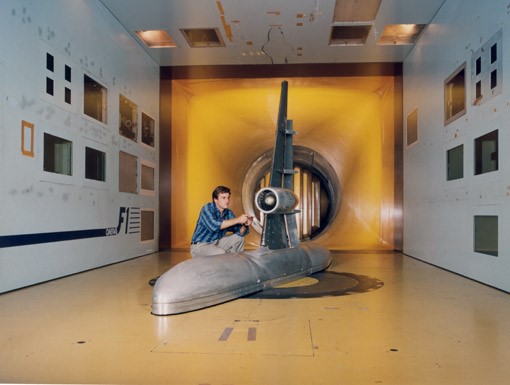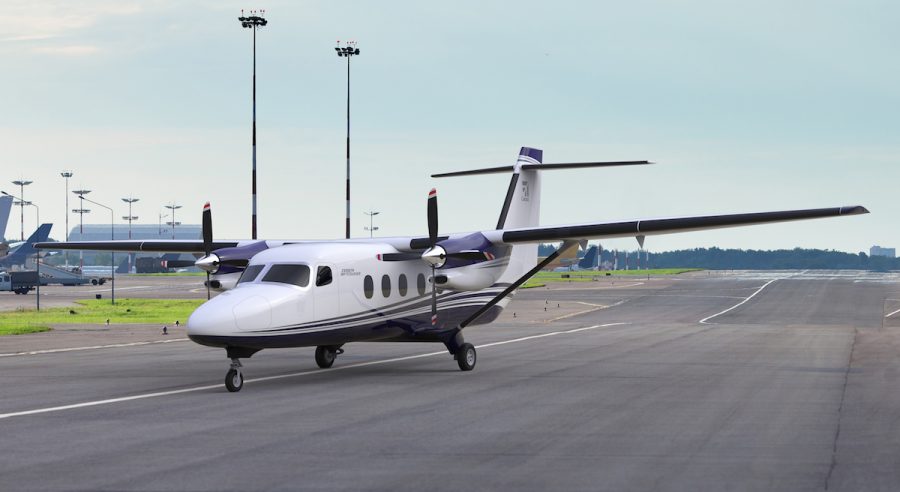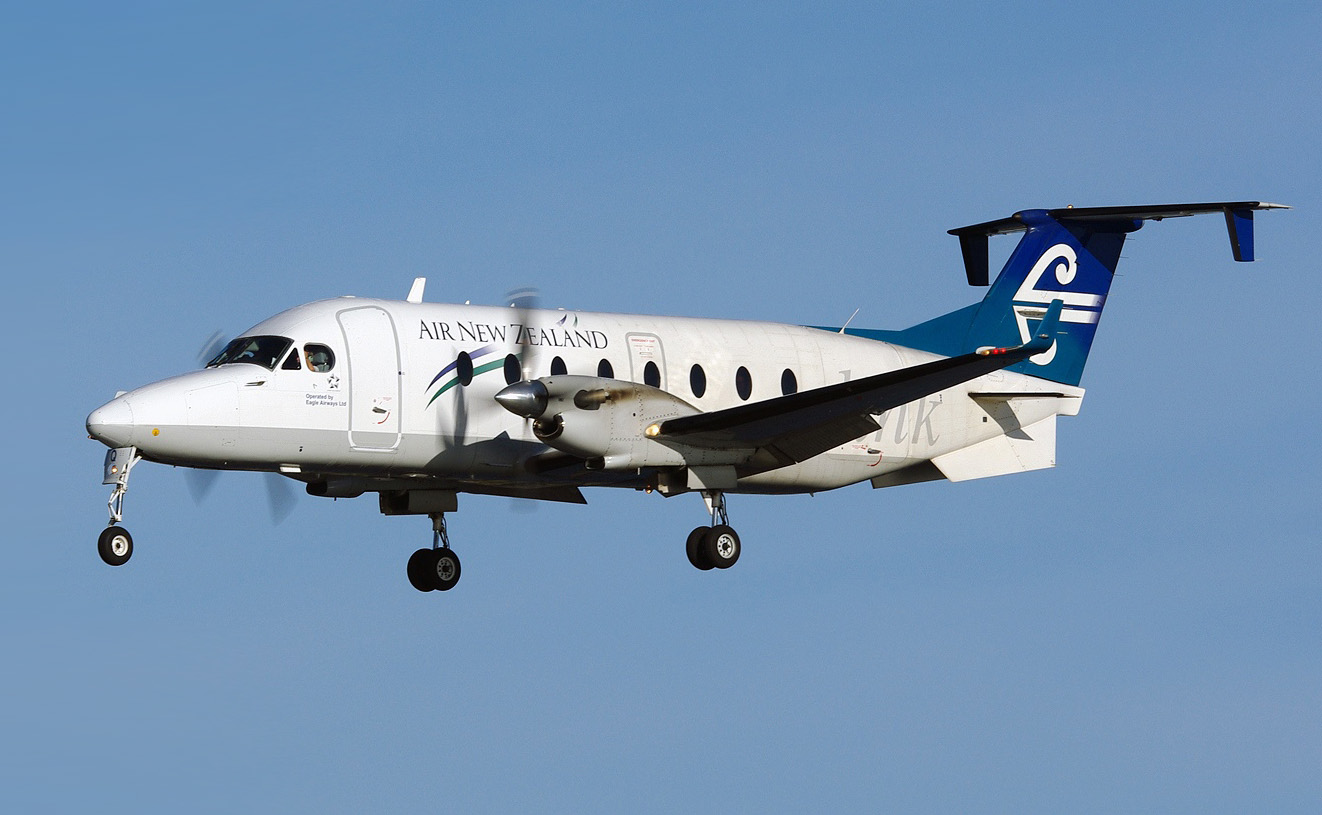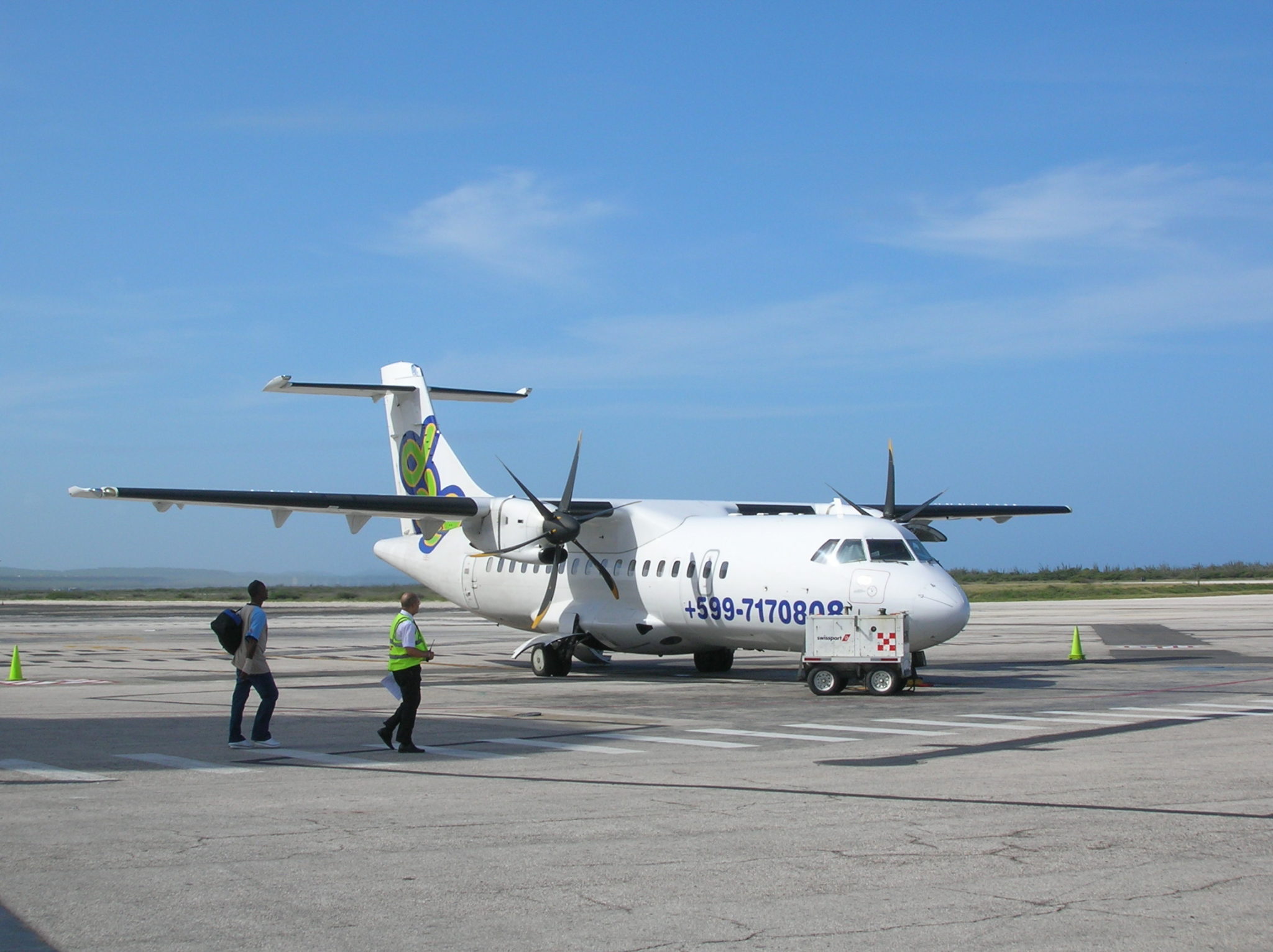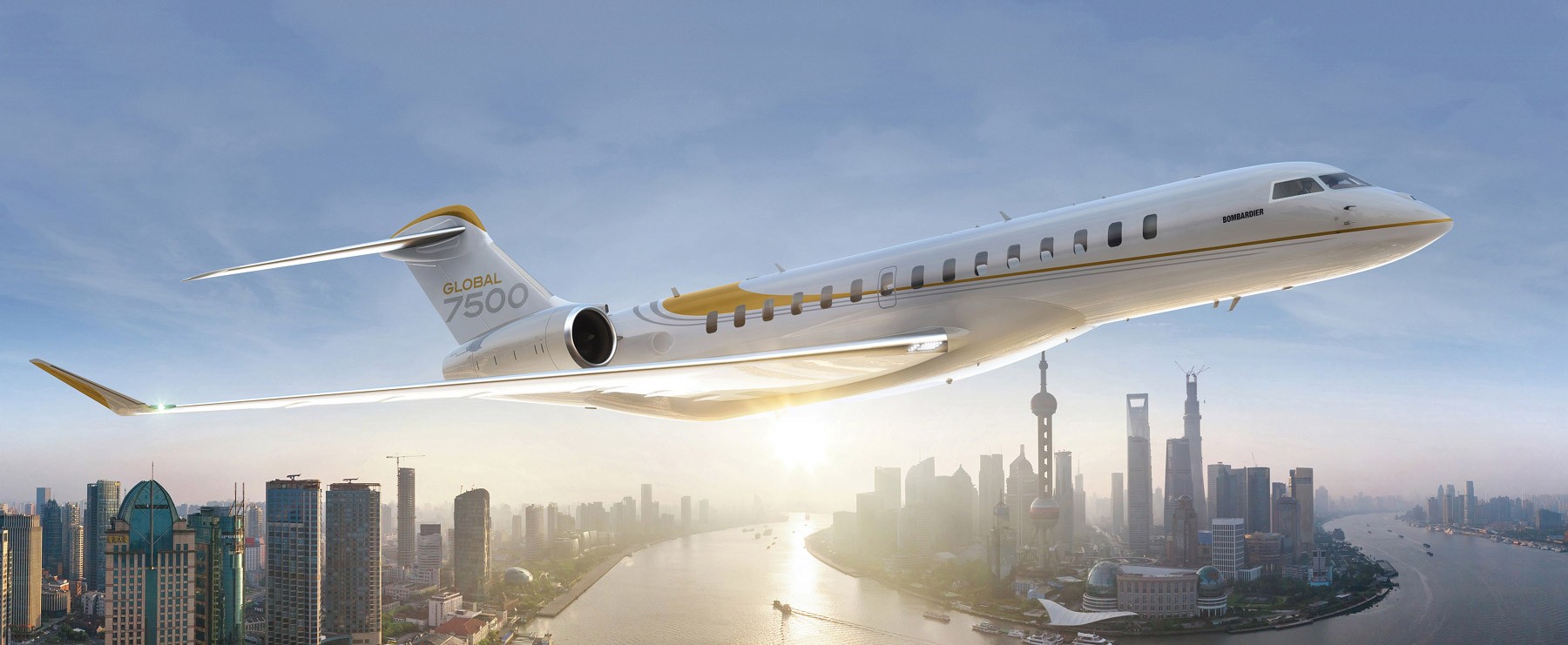Leeham News and Analysis
There's more to real news than a news release.
Bjorn’s Corner: The challenges of airliner development. Part 14. The ATO.
July 30, 2021, ©. Leeham News: Last week, we went through the later tasks in the Prelaunch Phase. We talked about Concept refinement, Supplier selection, and Certification work.
Now we dig deeper into the important Authorization To Offer (ATO) milestone. This is where the project starts to promise stuff to customers and others, and it can be both good and bad.
Bjorn’s Corner: The challenges of airliner development. Part 13. Later in the Prelaunch Phase
July 23, 2021, ©. Leeham News: Last week, we went through the initial tasks in the Prelaunch Phase. We talked about Sales and Marketing activities, initial Concept development, and first Supplier contacts.
Now that time has passed, we are three quarters into our Program Plan (Figure 2), and we have to refine our Concept, select Suppliers, and dig deep into how to get Certification.
Bjorn’s Corner: The challenges of airliner development. Part 12. The Prelaunch Phase.
July 16, 2021, ©. Leeham News: Last week, we showed the first cut of an overall Program Plan for our 19 seat airliner project.
Now we discuss the Prelaunch Phase activities in more detail, including what type of knowledge, tools and resources we need to get on board for the project.
Bjorn’s Corner: The challenges of airliner development. Part 11. The Program Plan.
July 9, 2021, ©. Leeham News: Now that we have done the basic market research we should scope the program. To do this we need to understand what aircraft we will develop and to what certification rules.
Our market research tells us to develop a 19 seat aircraft that can operate as a passenger and/or cargo aircraft outside the US and as cargo aircraft in the US. This enables us to certify it to FAA Part 23 and the equivalent rules of other National Aviation Authorities where we want to sell the aircraft.
Bjorn’s Corner: The challenges of airliner development. Part10. What aircraft to develop.
July 2, 2021, ©. Leeham News: It’s time to start our aircraft project, where we discuss aircraft development from preliminary planning to fleet support and look at how the certification rules influence our work.
The first part of any aircraft project should focus on understanding the market your project will enter. Our project idea is to develop a Green aircraft for the 19 seat passenger market.
The true cost of Electric Aircraft
Subscription Required
By Bjorn Fehrm
Introduction
July 1, 2021, © Leeham News: In our Friday Corners, we analyze the development challenges of aircraft. We will launch a concrete project Friday where we intend to develop a 19 seat airliner. To make it interesting, it will be a Green aircraft. We focus on the Certification issues in the Corner series.
To complement it, we here look at the operating cost of a battery-based electric airliner, as there are costs that are often not presented to the public in the marketing of these alternatives. The operational costs for the huge batteries are too often forgotten.
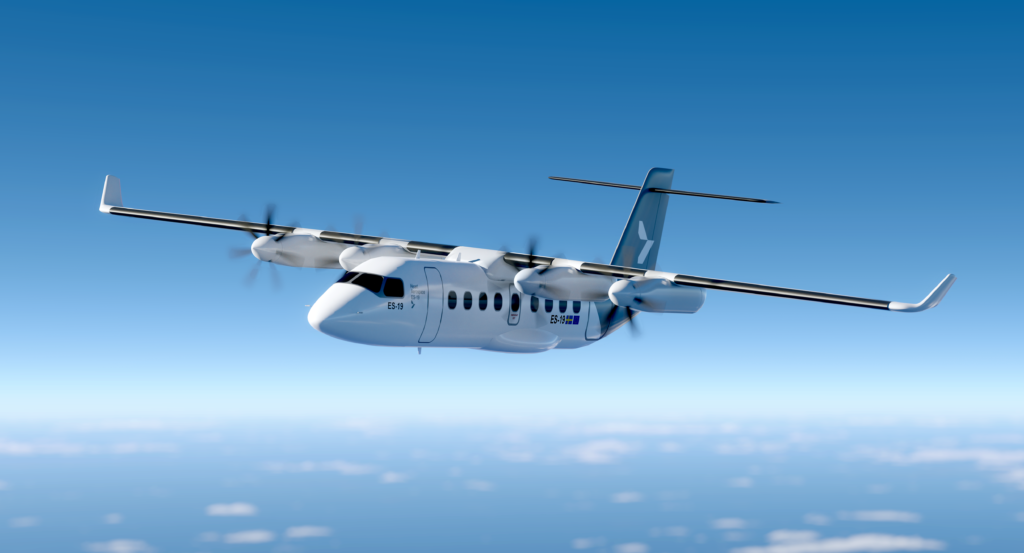 Figure 1. Heart Aerospace ES-19 battery based airliner. Source: Heart Aerospace.
Figure 1. Heart Aerospace ES-19 battery based airliner. Source: Heart Aerospace.
Summary
- Electric aircraft using batteries as energy stores are proposed for extreme short-range flights (below 200nm). The short flights shall make the weight of the batteries needed bearable.
- One advantage of these aircraft compared to today’s turboprops shall be their lower energy and maintenance costs. While this is true as long as we don’t count the batteries, including those in the maintenance costs changes the equation.
Bjorn’s Corner: The challenges of airliner development. Part 9. Size of the airliner.
June 25, 2021, ©. Leeham News: We are closing in on our aircraft project, where we will go through an aircraft development from A to Z and look at how certification rules govern our work.
Before we decide what aircraft to develop, let’s look at how the certification rules break the market into segments based on cabin seating.
Bjorn’s Corner: The challenges of airliner development. Part 8. Transport category rulings.
June 18, 2021, ©. Leeham News: We continue our discussion about the Transport Category (FAA Part 25) certification rules.
Last week we talked about how much tougher the birdstrike protection is for Part 25. Now we look at the fuel tanks and the inherent explosion risk in these.
Bjorn’s Corner: The challenges of airliner development. Part 6. Adding seats.
June 04, 2021, ©. Leeham News: Last week, we examined operating and product certification rules related to 9-seater air taxis and commuters. We took the example of the new Tecnam P2012 Traveller to study the certification rules for a 9-seater. Now we upsize the aircraft to understand the pros and cons of adding extra seats.




